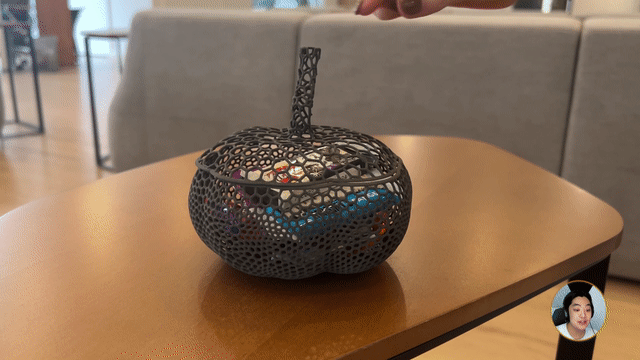The nTop-EOS 2022 Responsible Part Challenge winners announced
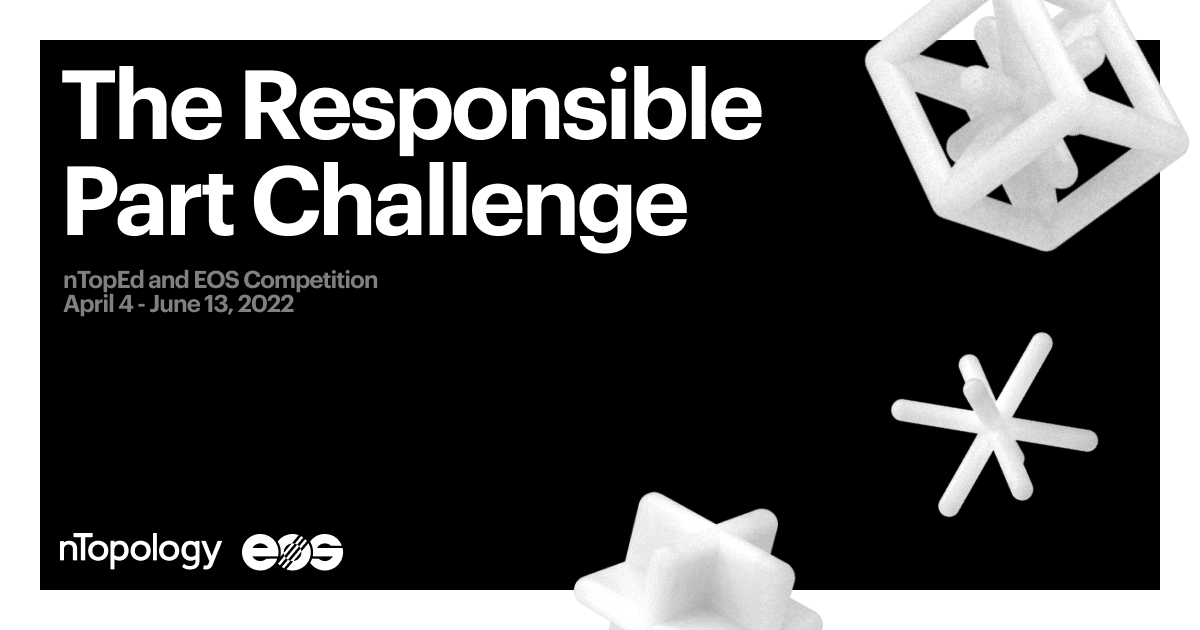
Written by nTop
Published on July 5, 2022
Today, we are thrilled to announce the winners of the nTop and EOS 2022 Responsible Part Challenge. The challenge had an exceptional reception from students all around the world, submitting diverse projects spanning from engineering and product design to robotics and art.
Applicants of the nTop and EOS 2022 Responsible Part Challenge could submit work in the following categories: Lightweighting, Thermal Management, Sustainable Energy, Architected Materials, and Industrial Design. The top submission will get their part printed on an EOS machine.
The judging panel
The 2021 nTopEd Challenge judging panel consisted of three nTop experts:
- 3dprint.com’s Joris Peels
- nTop Application Engineer Gabrielle Thelen
- EOS Additive Minds Consultant David Krzeminski
- Lockheed Martin's Brian Rosenberger, Senior Fellow – Additive Manufacturing Processes and Materials.
The submissions were assessed based on the following criteria:
- The potential impact of work (30%)
- Level of innovation (20%)
- Use of nTop (15%)
- Printability and economical AM production (15%)
- Presentation of material (images, video, slides, website, etc.) (20%)
The breakdown
We received submissions from students from 28 colleges and universities across 16 countries. Of those who submitted, twenty have been using nTop for less than six months, including our first-place winner! This shows that you can truly do great things with the software without being an expert in a short amount of time!
Top four submissions
First place
Name: Tadhg-Lorcan Oude Essink, Eoin Oude Essink
Institution: Trinity College Dublin
Project Description: Triply Periodic Minimal Surface Inspired Heat Sink for Responsible Additive Manufacturing
We designed a heatsink for responsible manufacturing which can handle an asymmetric thermal load similar to that of a modern CPU while still fitting in a tower PC. The heat sink is designed for maximal thermal performance while remaining lightweight, meaning that all the material in the final design is necessary. The heatsink is designed with responsible manufacturing in mind, and as it is to be manufactured on one machine without any post-processing, therefore no material is wasted or removed at a later stage. Additional benefits are reduced manufacturing time, and manual labor as the part does not need to be transported to additional machines for post-processing.
Why nTop?
We utilized nTop to create gyroid structures which are unfeasible when utilizing other CAD packages. Beyond creating such structures, nTop was chosen as the CAD package to combine different parts of the heat sink. This enables parts to be adapted independently of the final heat sink, therefore, decreasing the time required during the design phase. nTop is the only software package available that allowed us to implement such complex gyroid structures. Otherwise, more traditional shapes such as fins or basic lattices would have to be used.
Image:
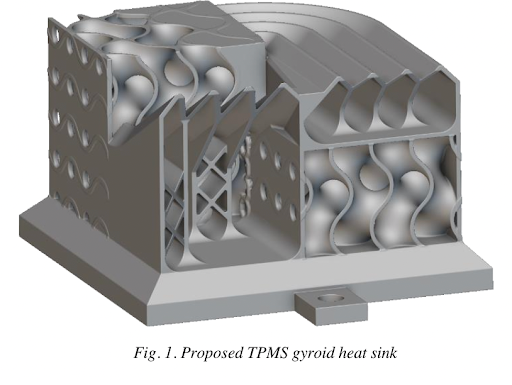
Second place
Name: Albert Forés Garriga,Héctor García de la Torre, Dr. Joaquín Menacho Solà Morales
Institution: IQS School of Engineering - Ramon Llull University
Project Description: Additively Manufactured F1 Brake Disc Employing Lightweight Gyroid TPMS Design As Internal Cooling Channels
Formula One is a very demanding competition that directly impacts the development of commercial vehicles. In the championship field, weight plays a main role in terms of safety and car performance. Thus, we propose an innovative and functional design of brake discs, which can only be manufactured via Additive Manufacturing, and drastically minimizes the inherent fabrication residues of the currently implemented process while possibly cutting down manufacturing time and costs.
Why nTop?
nTop enables the possibility to work fast and efficiently with TPMS designs due to the implementation of implicit bodies. Moreover, the multiple tools it offers make it easier to control the mesh on these complex geometries when performing both static and thermal analysis.
Image
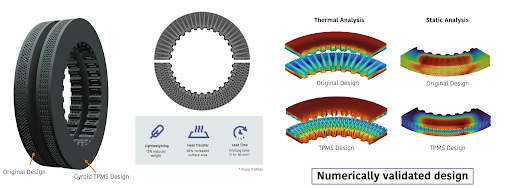
Third place
Name: Jade Myers
Institution: Rochester Institute of Technology
Project Description: Improving Prosthetic Sockets with Density-Graded Lattice
Improving safety, comfort, and performance of prosthetic limb sockets in a way that also makes them more economically accessible.
Why nTop?
We used nTop to create lattices we use in the design (using both provided lattice structures and lattices we were able to create within the software using our own custom unit cells). We also tap into field-driven design in translating clinician-specified needs to density levels of lattice structures (using point maps to map color to specific lattice density values). We transition between firmness levels of lattice socket using the ramp function. Why? Because nTop is really customizable and fast when creating and changing lattice structures. It is also really great when it comes to creating re-usable workflows.
Image:

Honorable mention
Name: Abdul Samad
Institution: National Cheng Kung University
Project Description: Gyroid spinning heat sink
To design and develop an innovative heat sink with TPMS structures that should be lightweight, space-saving, reliable, and more effective. For making affordable, traditional manufacturing technology can be used instead of 3D printing, applied in chip cooling to accommodate high heating dissipation requirements.
Image:
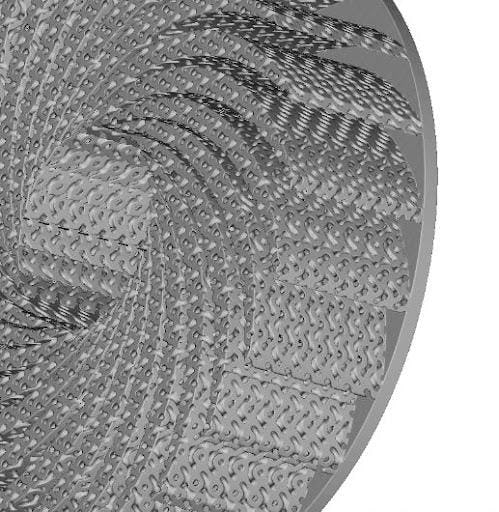
Thank you
The quality and breadth of the projects we received were impressive, making the job of our judges a challenge. We would like to thank all those who participated, and we are looking forward to supporting you in your next steps and future endeavors.

nTop
nTop (formerly nTopology) was founded in 2015 with the belief that engineers’ ability to innovate shouldn’t be limited by their design software. Built on proprietary technologies that upend the constraints of traditional CAD software while integrating seamlessly into existing processes, nTop allows designers in every industry to create complex geometries, optimize instantaneously, and automate workflows to develop breakthrough 3D-printed parts in record time.
Related content
- VIDEO
Five ways to lightweight in nTop
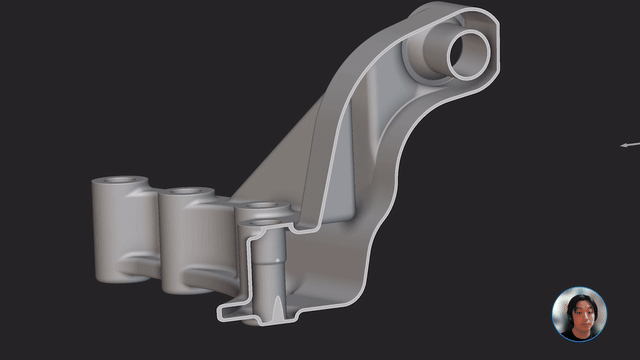
- VIDEO
Sneak peek into the nTop + Autodesk Fusion 360 integration
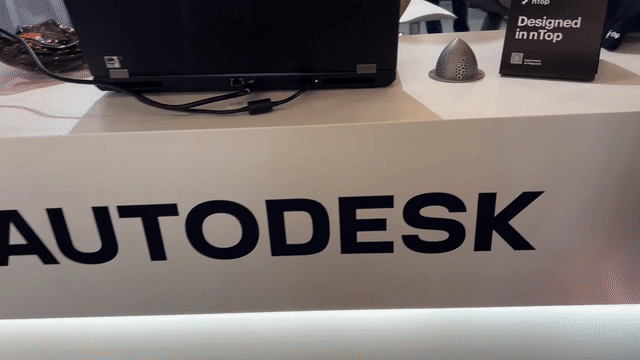
- ARTICLE
Optimizing thermal management with conformal cooling to extend operational life
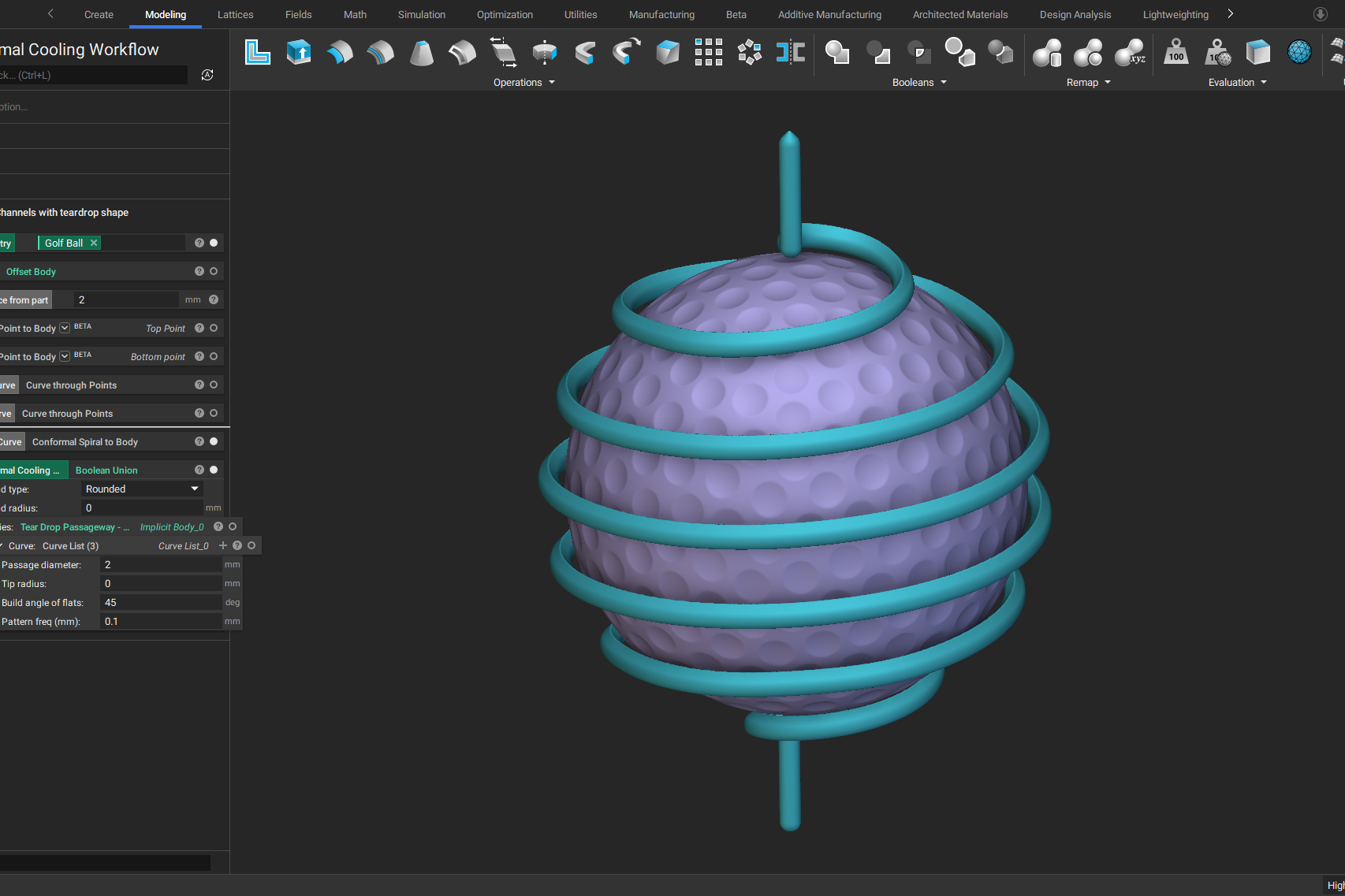
- ARTICLE
Advancing structural performance of aerospace heat exchangers
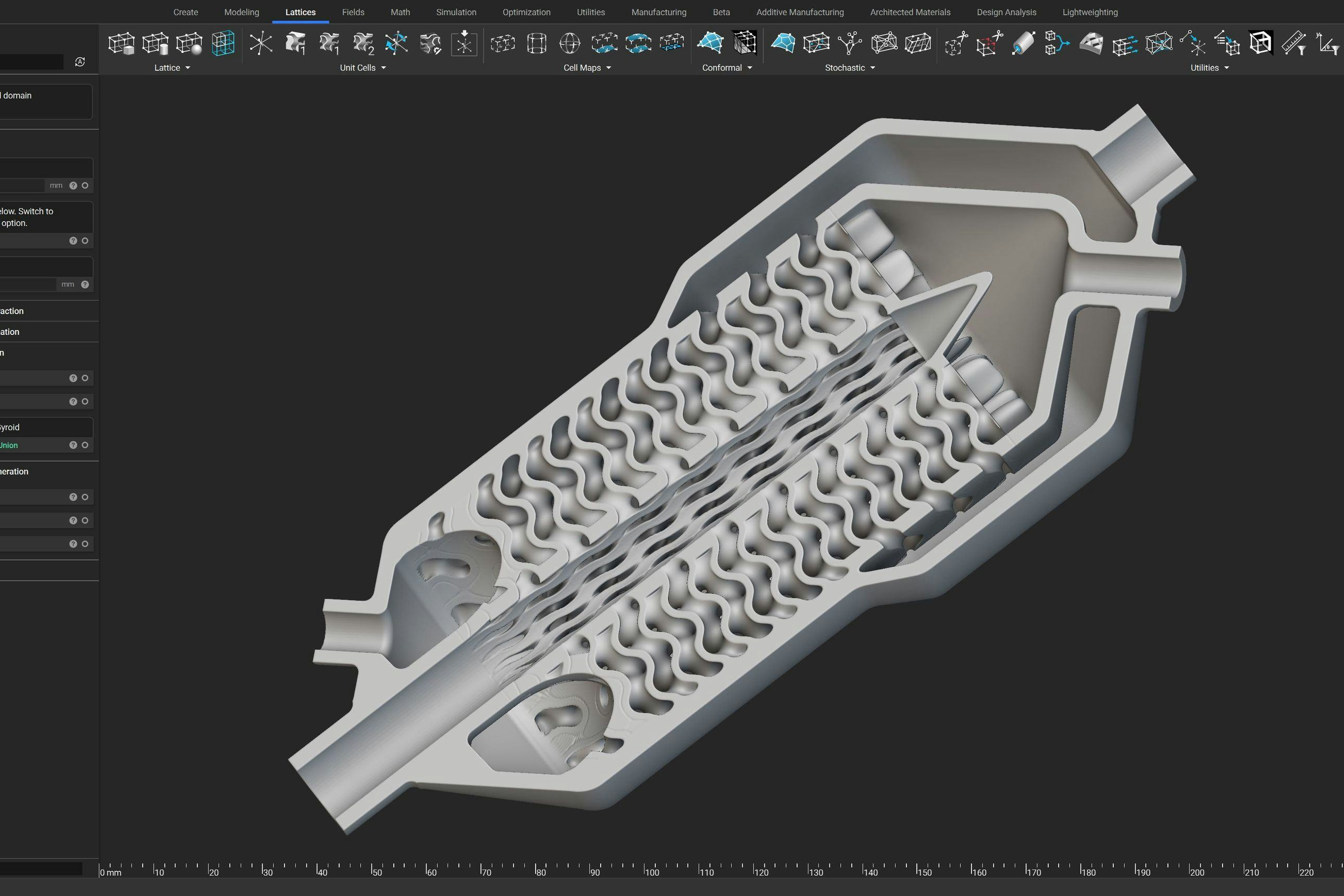
- VIDEO
Design a spooky Halloween candy bowl in nTop
